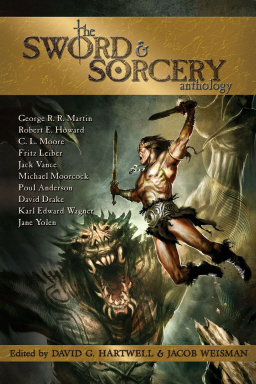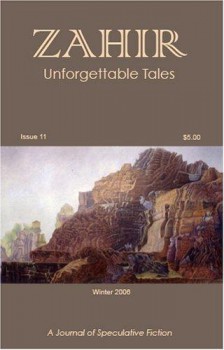New Treasures: The Annotated Sandman, Volume One
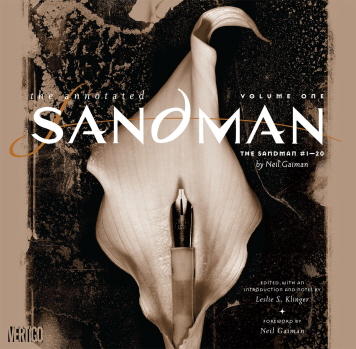 First time I met Neil Gaiman was at the 16th World Fantasy Convention in Schaumburg, Illinois. It was 1990, and Gaiman was busy taking the comics world by storm with his new Vertigo title The Sandman, which first appeared in January 1989.
First time I met Neil Gaiman was at the 16th World Fantasy Convention in Schaumburg, Illinois. It was 1990, and Gaiman was busy taking the comics world by storm with his new Vertigo title The Sandman, which first appeared in January 1989.
The next year he won the World Fantasy Award for Best Short Story with the Sandman story “A Midsummer’s Night Dream,” but in 1990 he was a relative unknown (for those who didn’t read comics, anyway). I remember thinking how cool it was that I could run into L. Sprague de Camp, Julius Schwartz, Bob Weinberg and Neil Gaiman, all at the same convention.
In 1999 my friend Andy Heidel, publicist at Avon EOS, sent me an advance proof of Gaiman’s second novel Stardust, the edition illustrated by Charles Vess, for review at the SF Site. I couldn’t find a reviewer, and begged Alice Dechene to do it. Vertigo liked her review so much they blurbed it on the collected edition. Which is why my wife has her name on the back of one of the best-selling graphic novels of the century — something I’ve never accomplished, and I’ve written about a hundred more reviews than she has.
Gaiman’s career has been meteoric ever since, but I still consider the 75 issues of The Sandman to be some of the best work he’s done. I’m not alone — The Los Angles Times Magazine calls The Sandman “The greatest epic in the history of comic books,” and it’s been in print in graphic novel format for over two decades. And our Managing Editor, Howard Andrew Jones, author of The Desert of Souls, says Sandman #50 was a crucial influence on his own writing, “and the one that fired my interest in the tales of the Arabian Nights.”
 This month’s Apex Magazine features new fiction from Cat Rambo (“So Glad We Had This Time Together”) and Sarah Dalton (“Sweetheart Showdown”), as well as a reprint of “The Prowl” by Gregory Frost, who is also the featured interview. Stephan Segal provides the cover art and John Hines discusses “Writing About Rape.”
This month’s Apex Magazine features new fiction from Cat Rambo (“So Glad We Had This Time Together”) and Sarah Dalton (“Sweetheart Showdown”), as well as a reprint of “The Prowl” by Gregory Frost, who is also the featured interview. Stephan Segal provides the cover art and John Hines discusses “Writing About Rape.”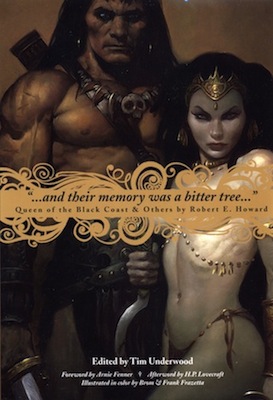
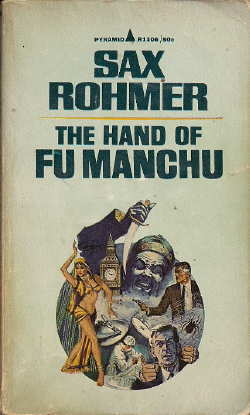

 The 1961 nominations for the Nobel prize in literature apparently included The Lord of the Rings,
The 1961 nominations for the Nobel prize in literature apparently included The Lord of the Rings, 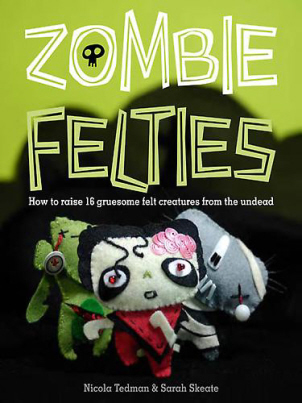
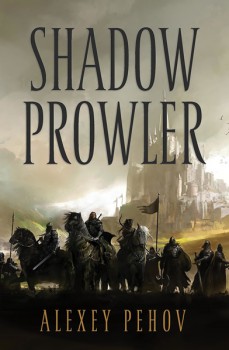 Shadow Prowler
Shadow Prowler